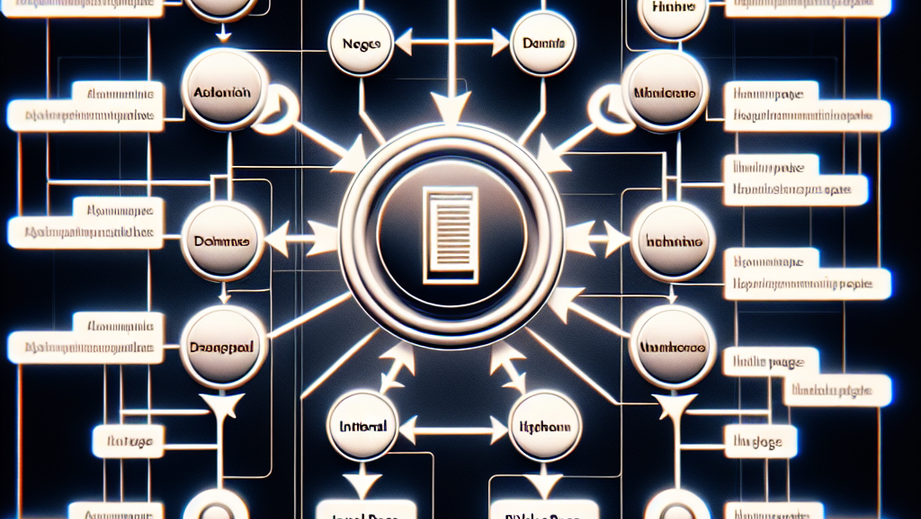In the world of search engine optimization (SEO), there is a technique called internal linking that can greatly improve your website’s visibility in search results. Internal links connect different pages on your website, serving to guide visitors and help search engines understand your content. By strategically placing these links throughout your site, you create a structure that improves navigation and strengthens your website’s SEO framework. Navigational links in the header, footer, or sidebar can effectively guide visitors through your site.
But internal linking does more than just assist with navigation. These links also have a significant impact on SEO. When search engines crawl your site, internal links help them understand and rank your content. Each internal link acts as a vote of confidence, showing search engines the importance and relevance of the linked content. By distributing page authority across your site, internal links enhance the SEO potential of each page, ultimately improving your site’s visibility and performance in search results.
So, how can you make the most of internal linking? It starts with creating an effective internal linking strategy. Including contextual links within your content is a great way to provide additional information and engage readers while helping search engines understand the connections between pages. Placing internal links on high-authority pages can significantly improve the visibility and credibility of the linked pages, driving more traffic and boosting your site’s overall SEO performance.
Additionally, internal linking helps search engines understand the hierarchy and relationships between pages on your site. By organizing internal links from strongest to weakest based on link distribution, you can guide search engines to prioritize certain pages as pillar pages. These pillar pages represent the main subjects you want your site to rank highly for, allowing you to optimize their visibility and authority.
But internal linking isn’t just about SEO benefits; it also improves user experience. By encouraging visitors to explore more content through internal links, you keep them on your site for longer. This increases user engagement and sends positive signals to search engines, indicating that your website provides valuable and relevant information.
Developing an effective internal linking strategy is crucial for your digital marketing efforts. Start by analyzing your website’s structure and identifying key pages that need more visibility. Embedding internal links within your content is essential, as it improves navigation and strengthens your website’s SEO framework. Remember, internal linking creates a web of connections, where each page supports and enhances the SEO potential of others.
In conclusion, internal linking is a powerful tool that should not be underestimated in your SEO efforts. By strategically placing links throughout your website, you can improve user experience, increase search engine visibility, and enhance your site’s overall performance. So, unlock the potential of internal links and watch your website thrive in the digital landscape. With an effective internal linking strategy, you’ll be on your way to dominating search results and attracting more visitors than ever before.











